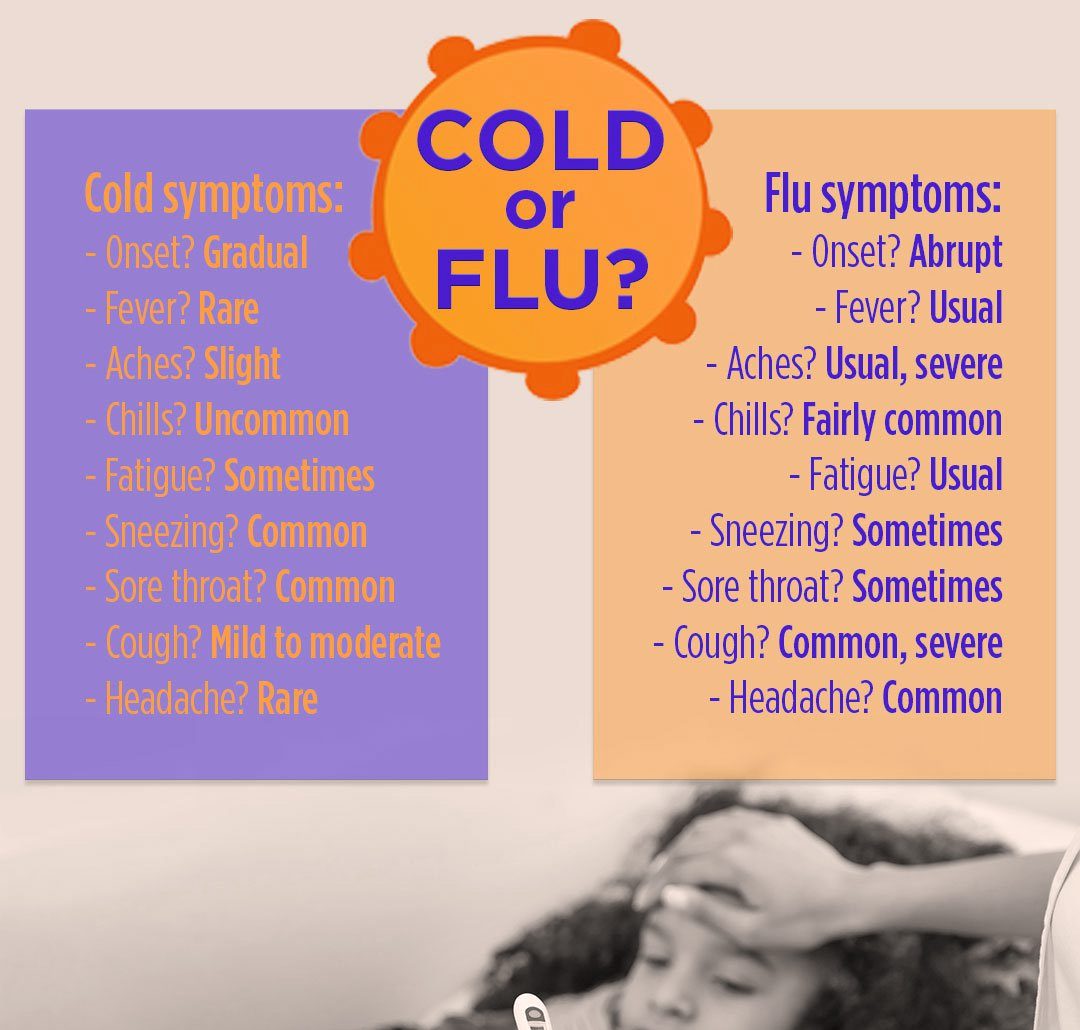With rising concerns over the widespread flu epidemic, it’s important that you know what the symptoms are, and how to tell them apart from other potential problems.
This winter’s flu season has been especially harsh and deadly. Nationwide, at least 30 children have died. In fact, the CDC says every state except Hawaii is reporting widespread flu activity. In California alone, there have been 72 deaths this season and 32 just this week.
According to Manhattan-based internist, Dr. Louis Morledge, he has seen an increase in flu patients, mostly, he says, because this year’s flu vaccine is not well-matched with the dominant strain of flu that’s circulating.
So, with the threat of imminent illness looming, I’m sure we’re all anxious to learn how to spot the differences between a bad cold and the flu.
“For the most part the flu is sudden onset,” said Dr. Morledge. “Someone might be feeling well one hour then all of a sudden, bang, they’re hit rapidly with symptoms.”
Dr. Morledge says that while a cold and flu share some of the same symptoms including a runny nose, sore throat, and headache, the differences are hugely significant.
Extreme fatigue and high fever are the biggest “tells” of the flu.
Here’s a helpful chart:

Dr. Morledge advises that while it may be tempting to immediately head to the emergency room or doctor’s office if you’re not sure how sick you are, patients should off until you’ve contacted your health care professional for advice as to what to do next.
The Dr. also weighed in on how to avoid getting sick.
If you’re sick, stay home; avoid contact with sick people; and wash your hands frequently and well.
“I would urge all my patients whatever their age may be to get the flu vaccine. It is absolutely not too late”, Dr. Morledge said.
Take care of yourself this flu season and exercise preventative measures to avoid getting sick. You’ll be thankful you did!
If you found this article helpful, please share with friends and family by clicking the button below!
Source: [1]




